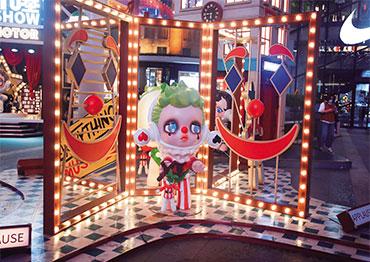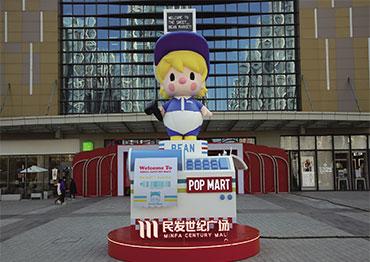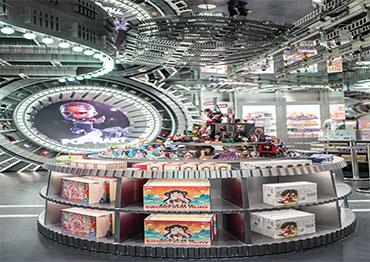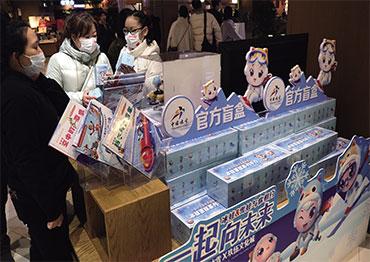Douyin livestreamer Xiao Tian recently shifted his sales strategy to unboxing mystery boxes, so buyers know what they’re getting from the start.
“Mystery boxes don’t sell now... Fewer people are willing to buy a couple of boxes just for a chance to score the one doll they like, let alone buy a full series (at around 500-700 yuan),” he said.
A recent survey by iiMedia, a leading Chinese industrial analyst, found that the Chinese mystery box industry is hemorrhaging customers. More than 30 percent of respondents said mystery boxes were a gimmick with little practical value and more than 20 percent said they were overpriced.
“I regret buying so many mystery boxes,” Li said. “I have to pack the rest in cartons because I have no more room to display them and rarely take them out,” Li said.
Cao agreed. “In the past, I would buy multiple series sets just for a chance to get a rare character... But it often turns that you’ve spent tons on a pile of the same dolls, while the rare one is in other boxes you haven’t bought yet,” she said.
Critics compare mystery boxes to gambling. The thrill can be addictive, especially for minors.
In August, 2022, China’s State Administration for Market Regulation issued a draft regulation that suggested a 200 yuan (US$28) price cap on mystery boxes and forbids sales to minors under 8 years old. It would require operators and vendors to reveal the number of rare figurines for each carton and the probability of getting one.
Although the draft regulation is a trial, livestreamers are already posting notices that warn minors not to buy. Platforms are complying too, threatening to temporarily block livestreamers who do not reveal the probability of getting a rare doll.
Facing these factors and rising costs – an increase of 67.4 percent compared to 2021 based on the Pop Mart’s latest fiscal report, mystery box production shrank in 2022.
An unnamed leading mystery box maker told the Guangzhou-based Times Weekly in August 2022 that orders reduced by half compared to 2021, and some competitors have stopped production.
Another maker in Shenzhen told the same paper that their newest factory, opened in 2021, has not received any orders in 2022 and that many factories are sitting on stock because some art toy companies have not yet paid.
To recoup their outlay, factories sell overstock cheaply to retailers, mostly online sellers like Xiao Tan, who sell them at about half or even one-third of their original price.
Xiao Tian said because many of his customers are DIY hobbyists that use the dolls to decorate handmade items like keychains and are not collectors, they prefer buying unpacked mystery boxes and are not willing to pay high prices for them.

 Old Version
Old Version



